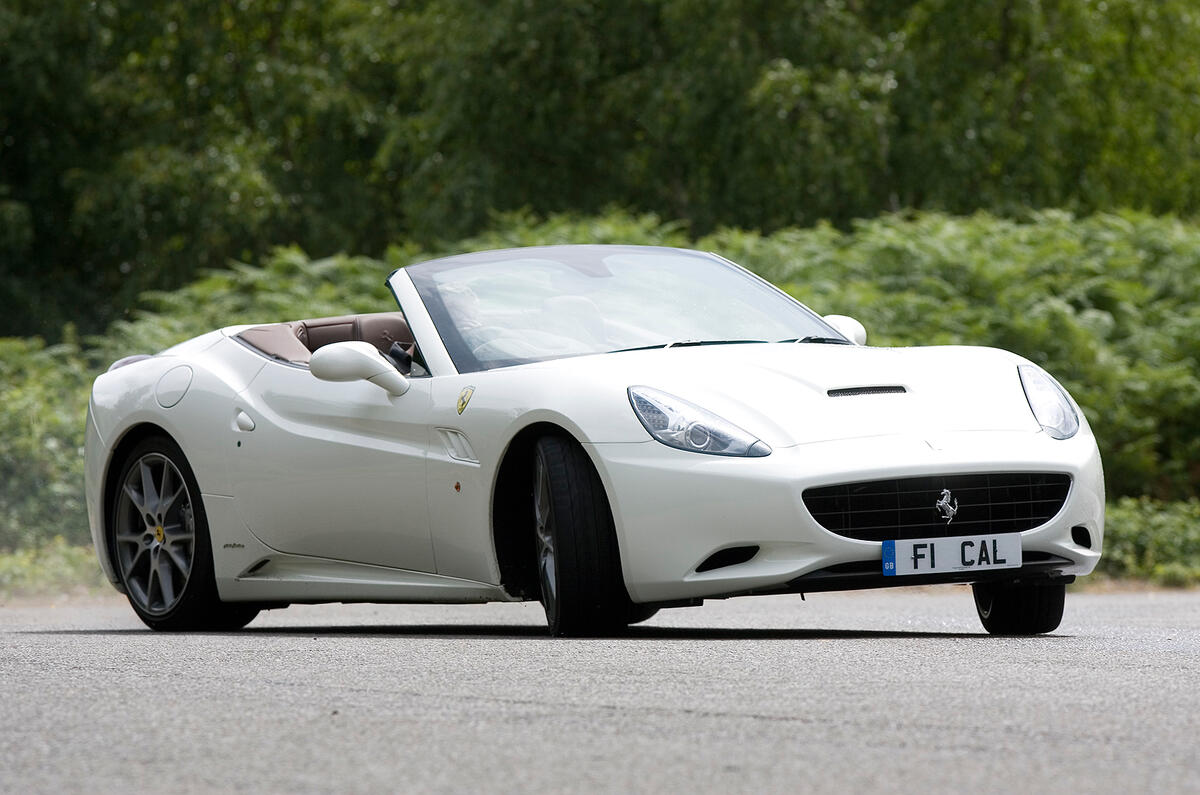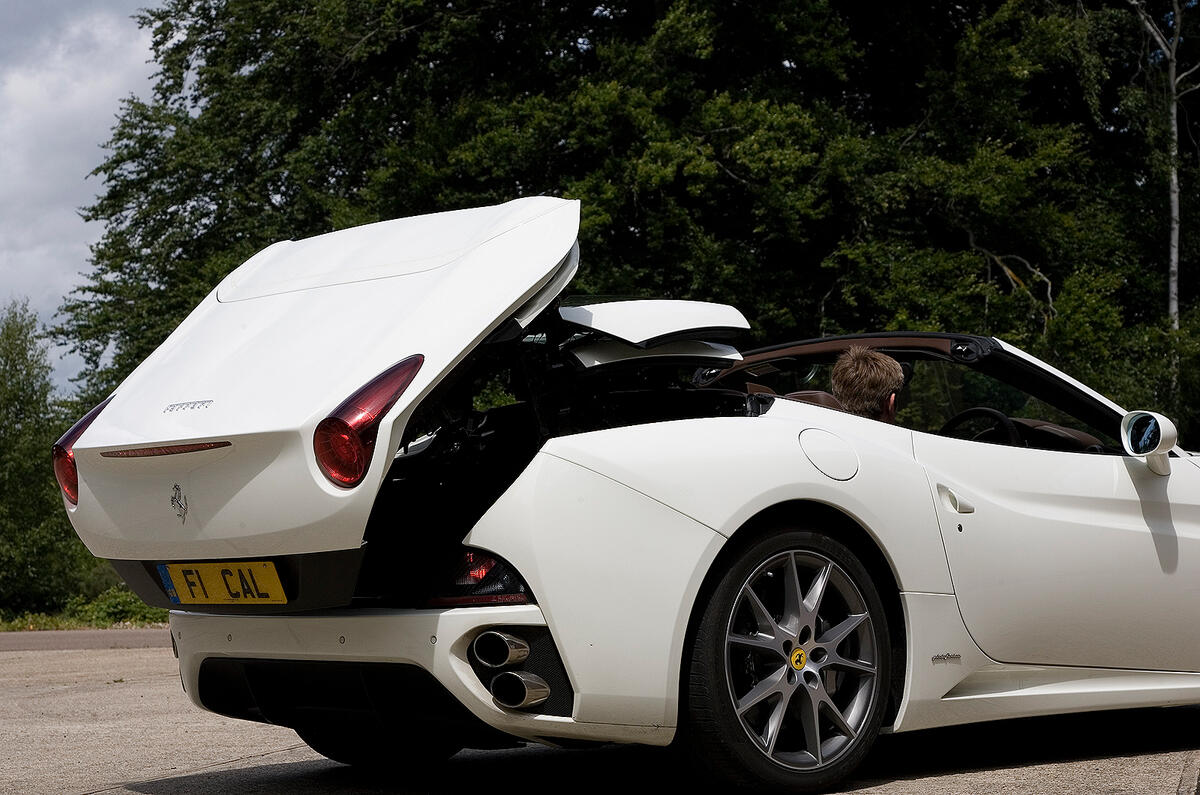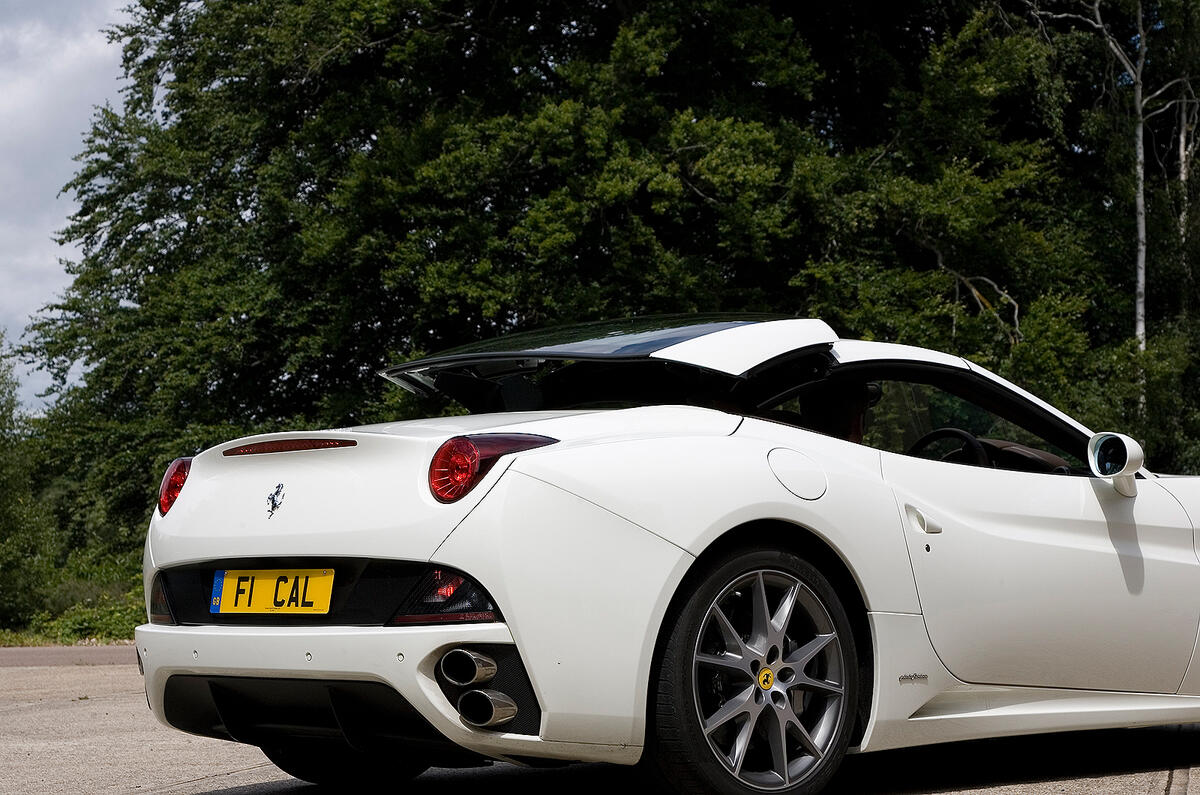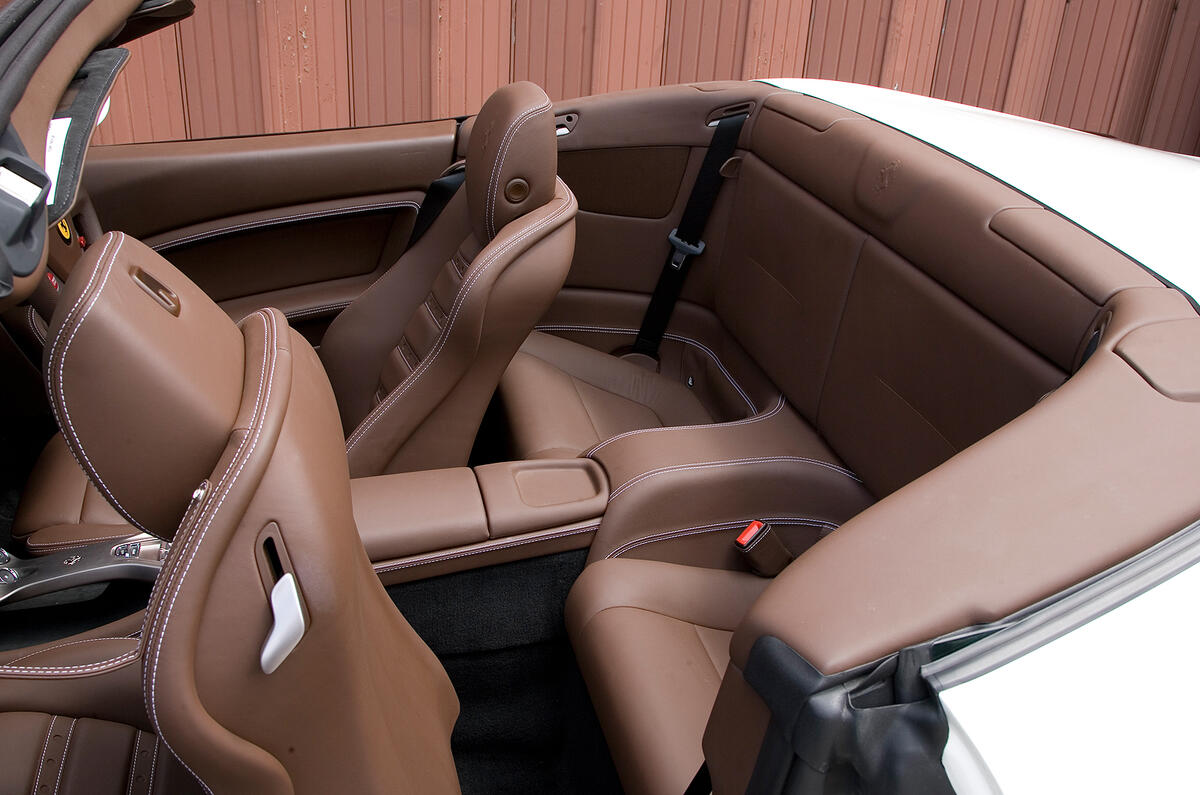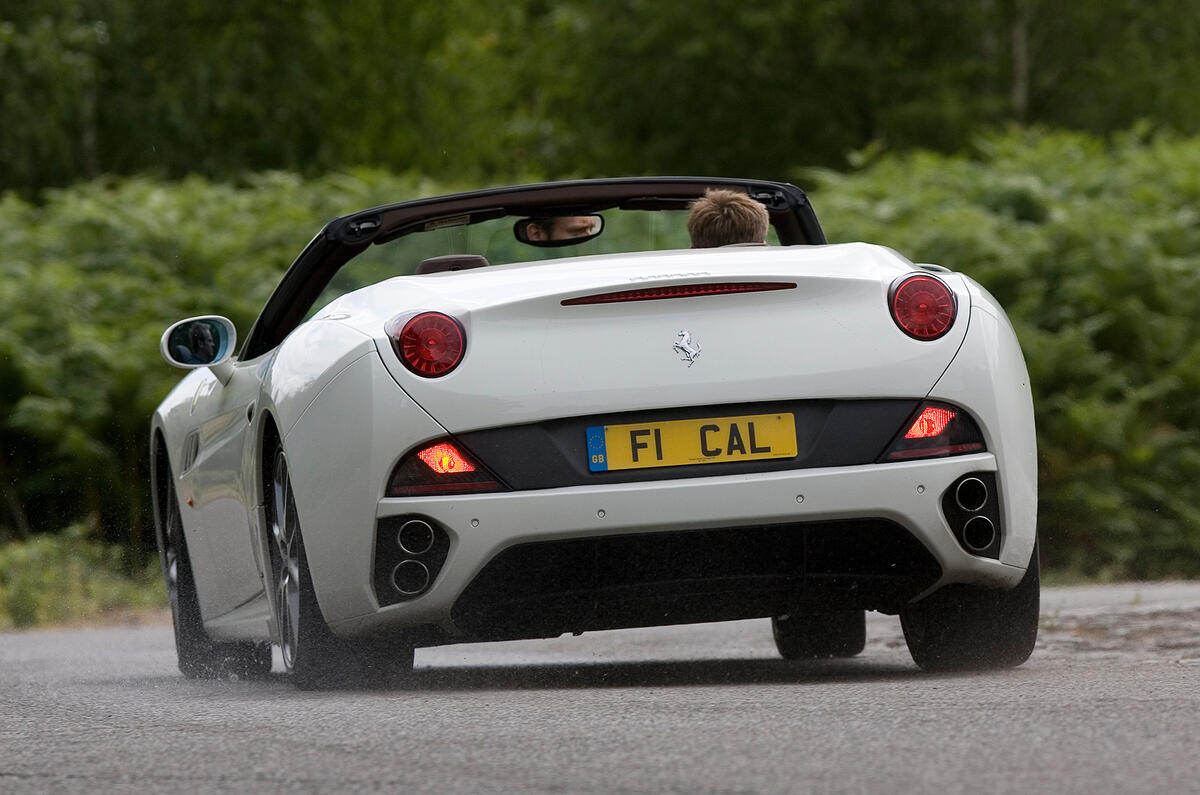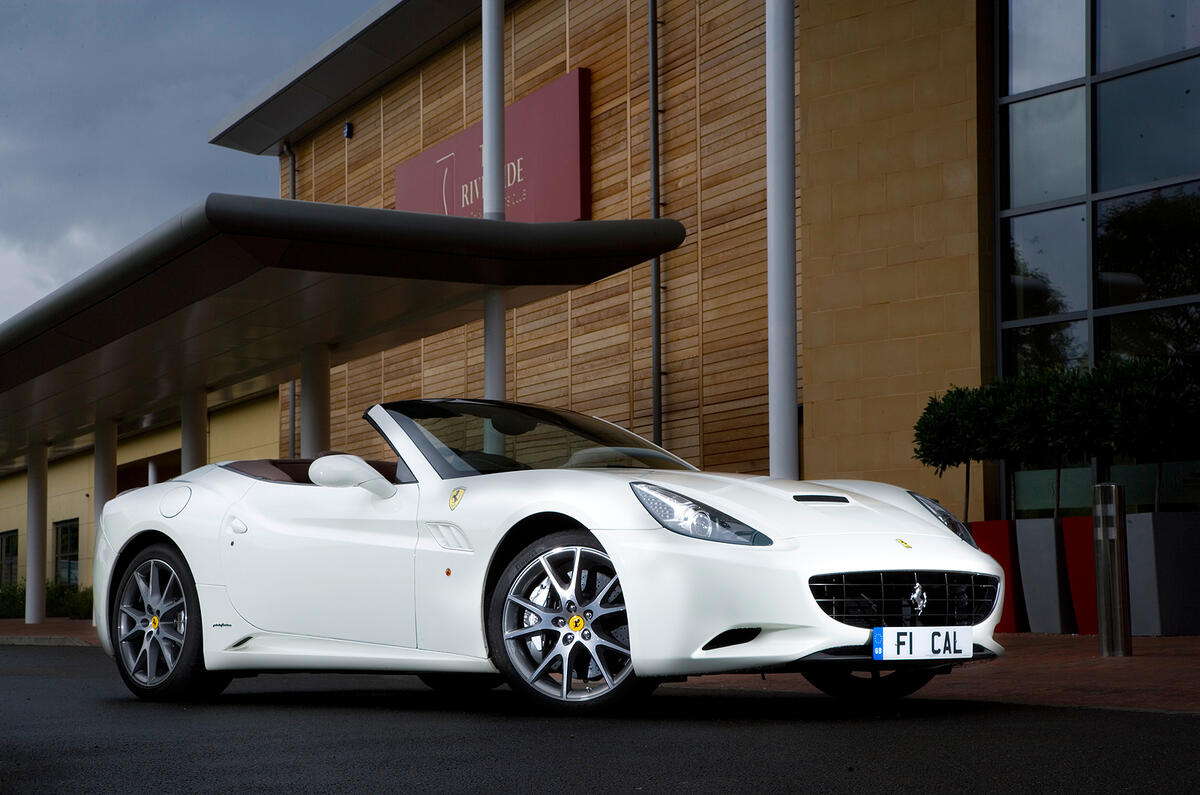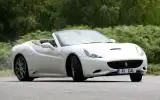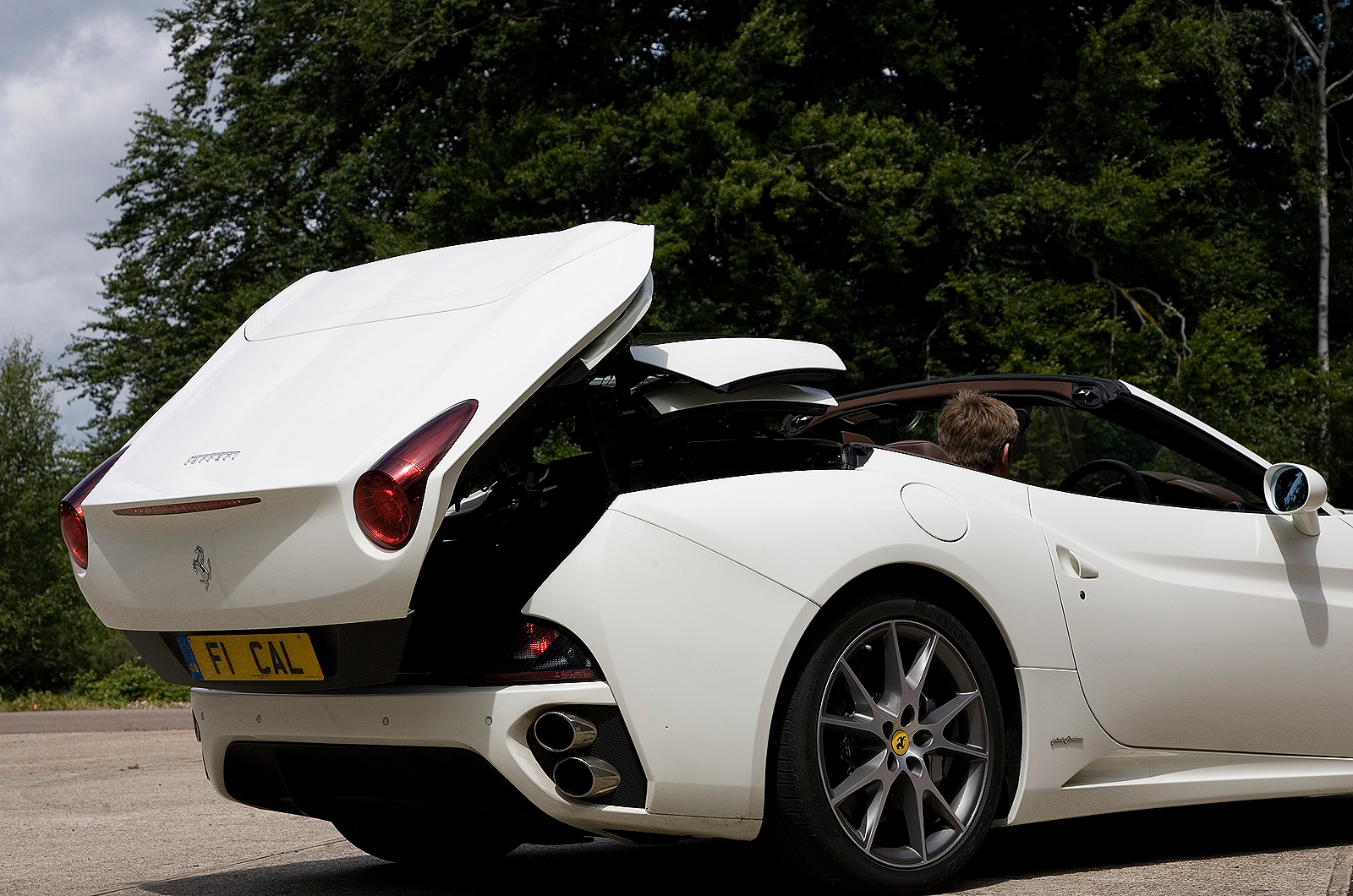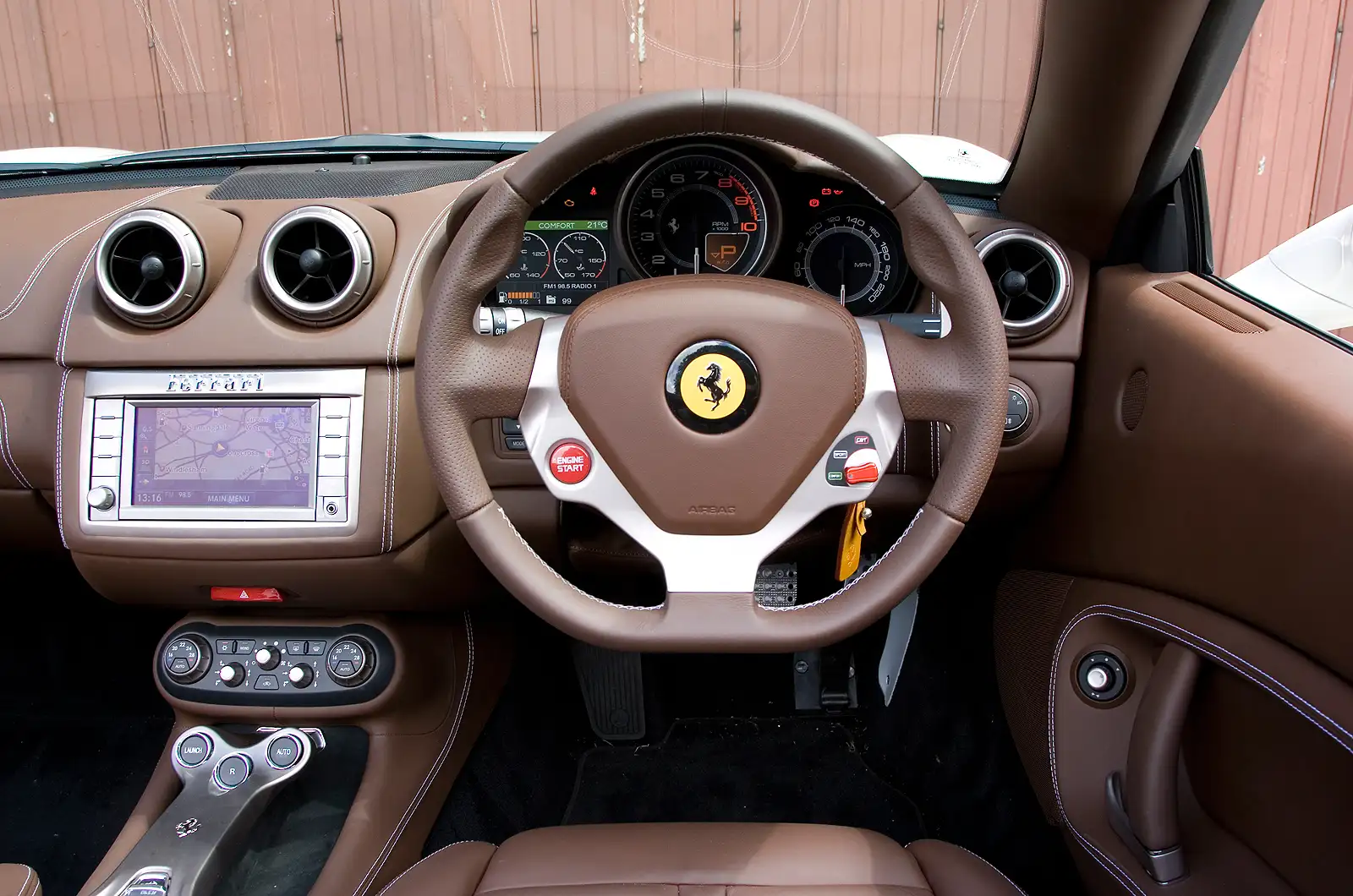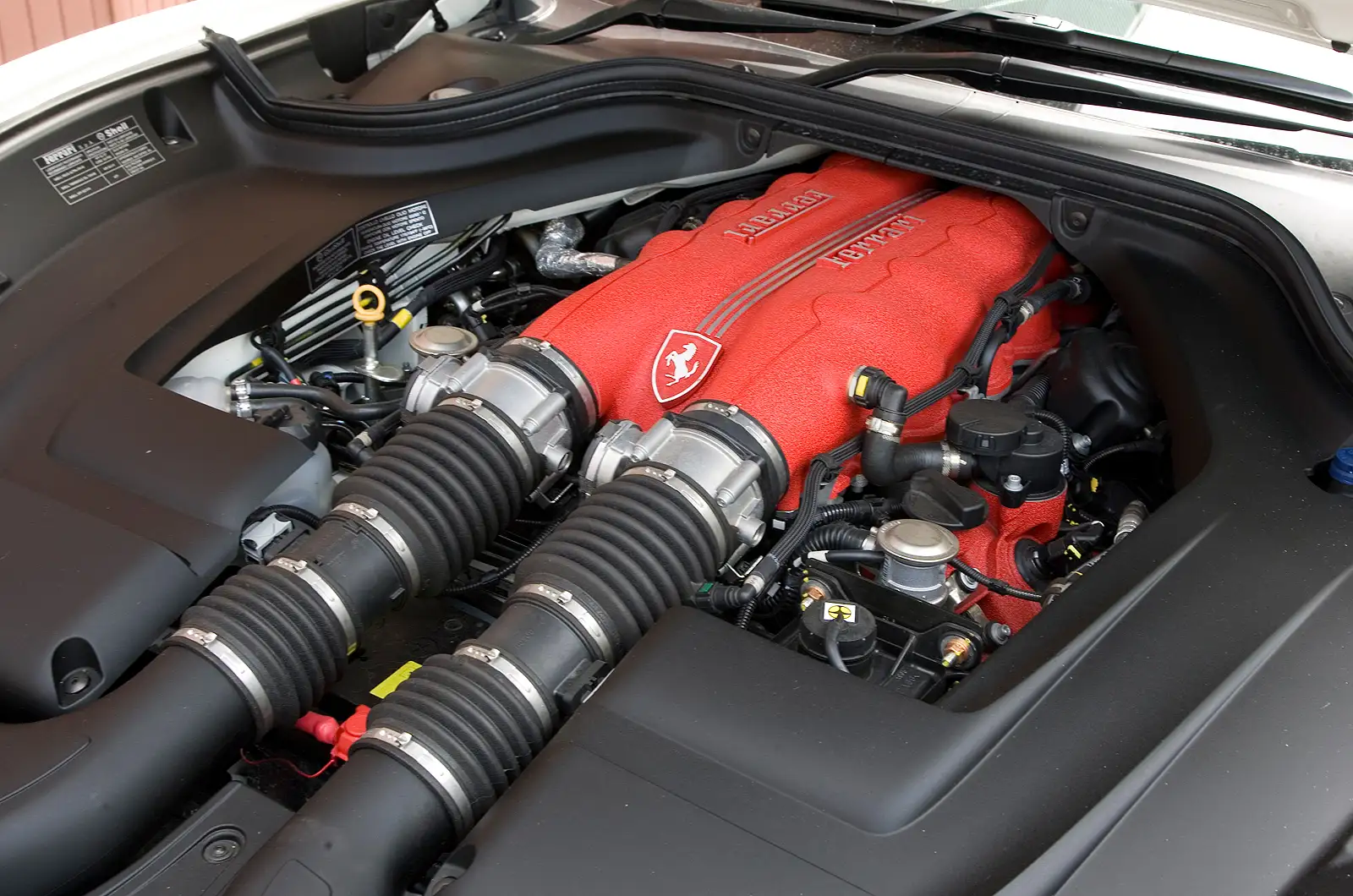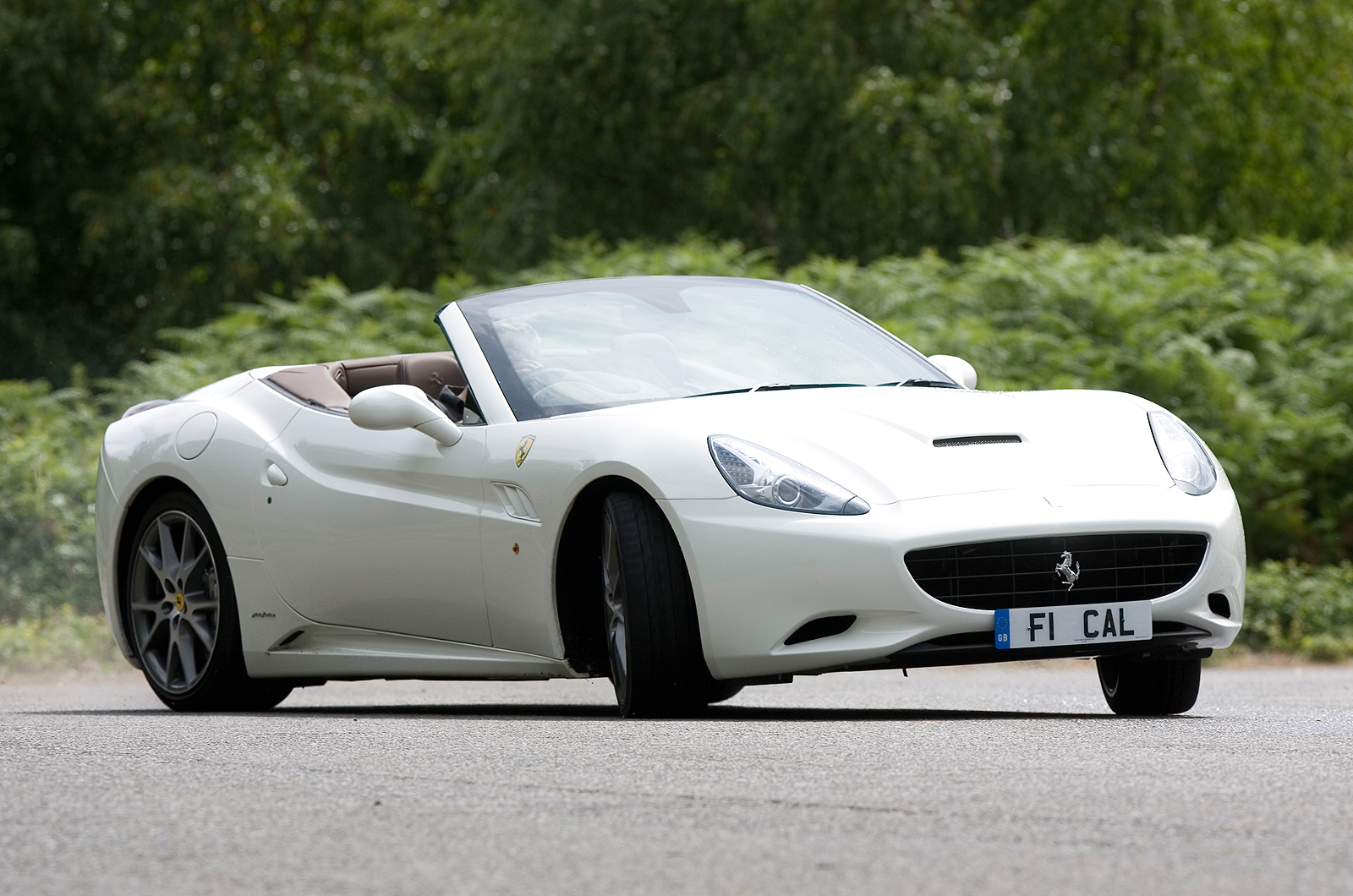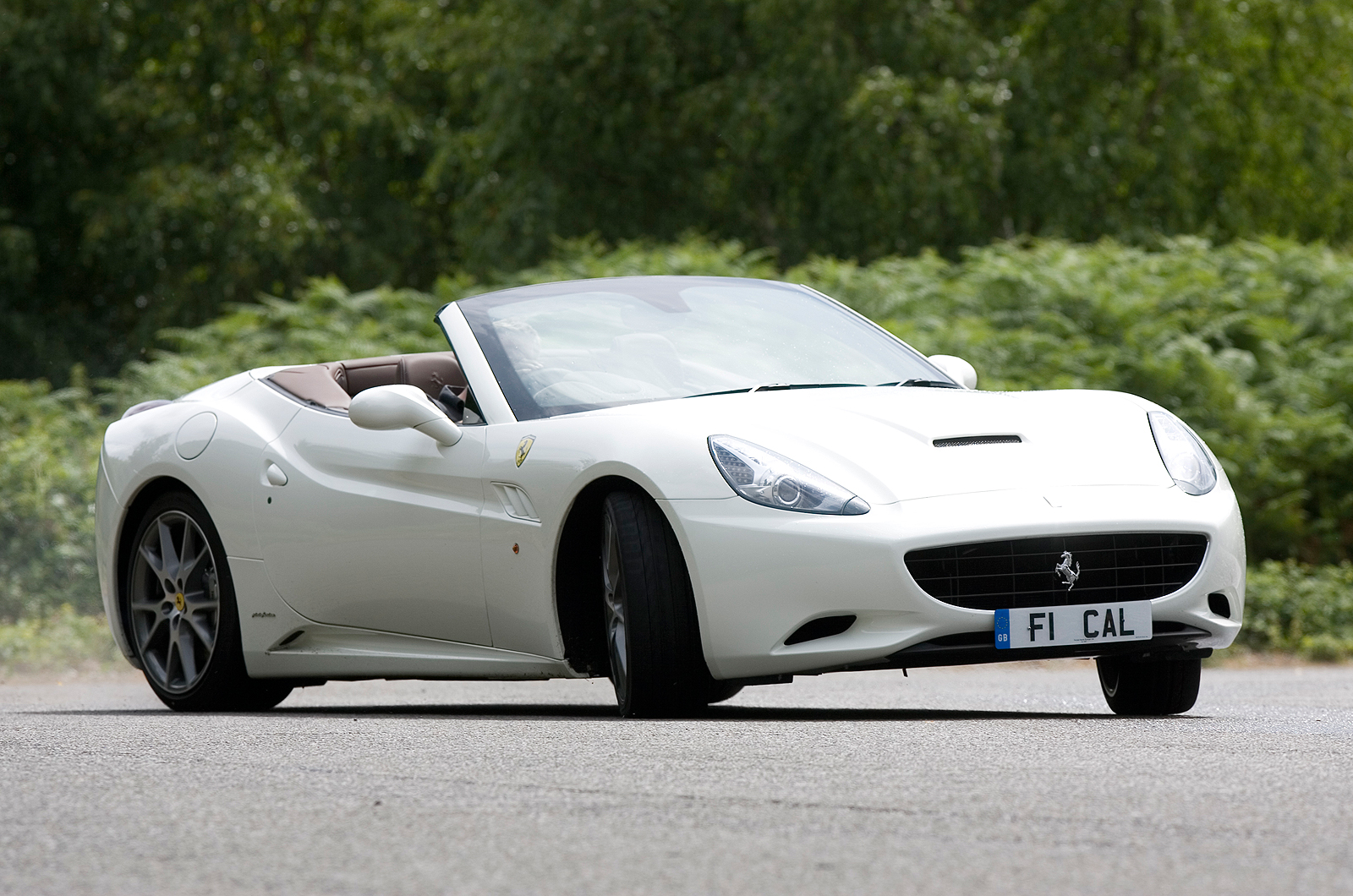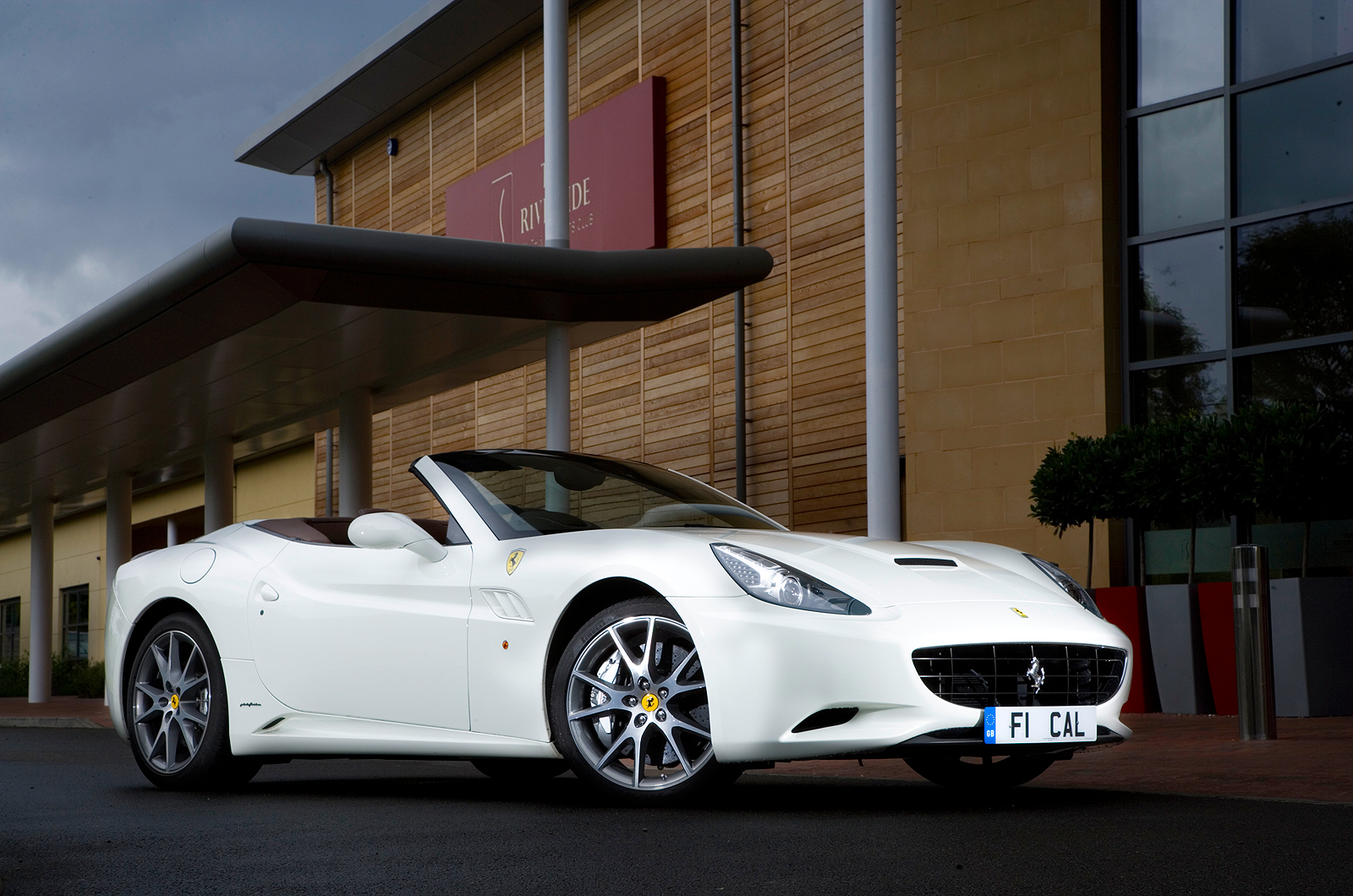The Ferrari California might just be the firm's most radical model. It’s the first Ferrari road car to have a front-mounted V8 engine, the first to have a dual-clutch gearbox and, although not the first to have a removable hard-top, is the first to follow the current trend of having a fully retractable one that electrically folds into its boot.
Because it has so many Ferrari firsts, the Ferrari California has no direct antecedent, but this is not the first time Ferrari has used the California name. It first appeared on the 250GT California in 1957, a Scaglietti-designed take on the V12 250GT for the American market.
That model was replaced by a short-wheelbase version in 1960. Another departure for Ferrari here is that all California variants to date have been top-end models made to a very limited production run.
As such, the California opens up a new market to the brand. It’s a softer, more approachable Ferrari for those who like the idea but perhaps not the sharply honed execution of a normal Modenese car (and for those that do,there's always the option of the Handling Speciale pack, which brings stiffer springs, a more direct steering rack and more aggressive damper settings).
Thanks to the introduction of the HELE (High Efficiency Low Emissions) technology, which includes stop start, the California is also a more efficient Ferrari, emitting CO2 emissions of 270g/km.


